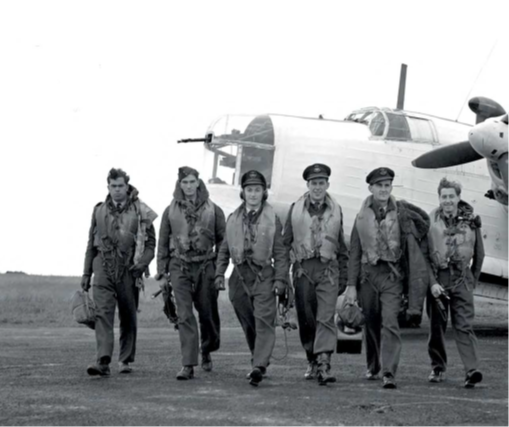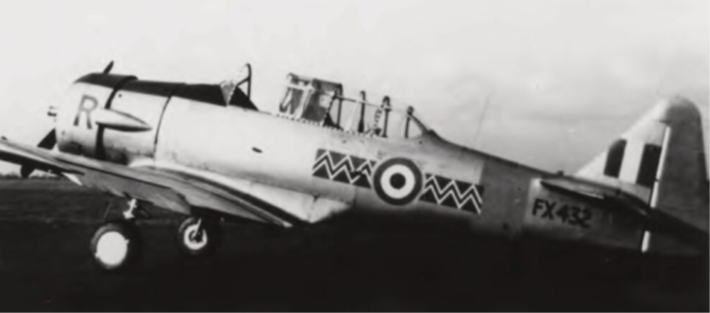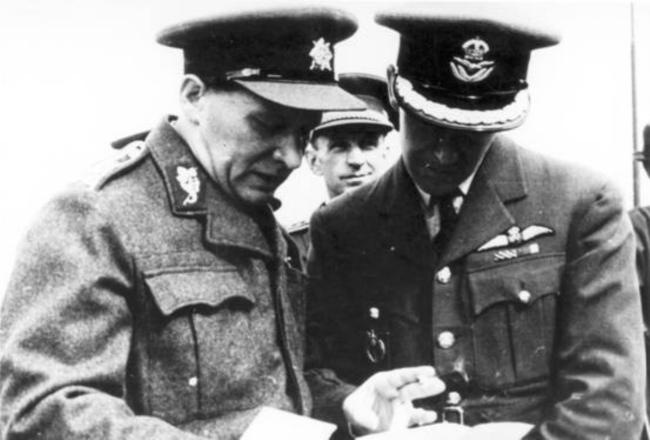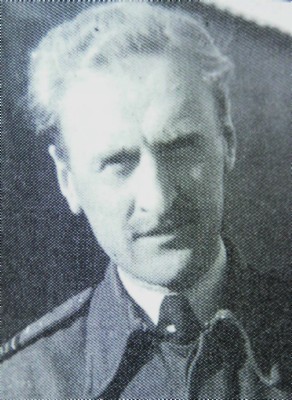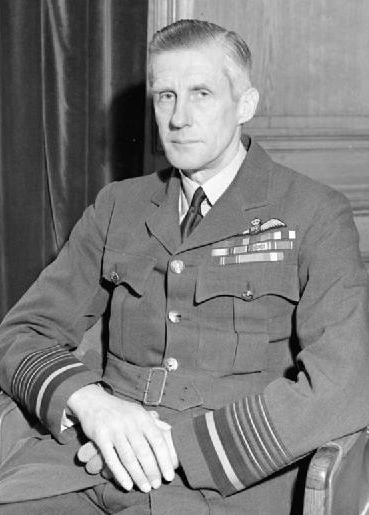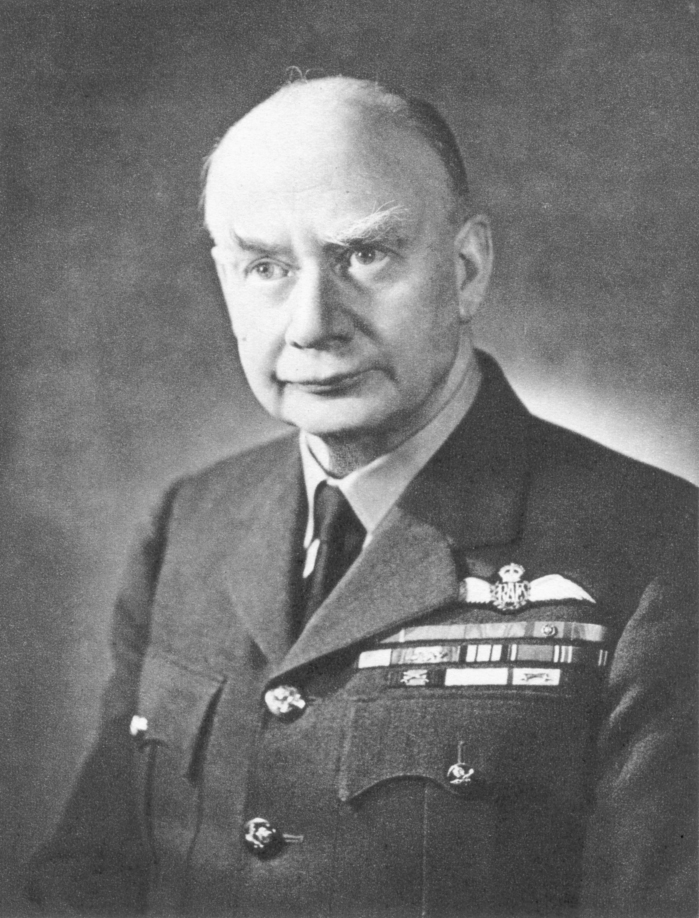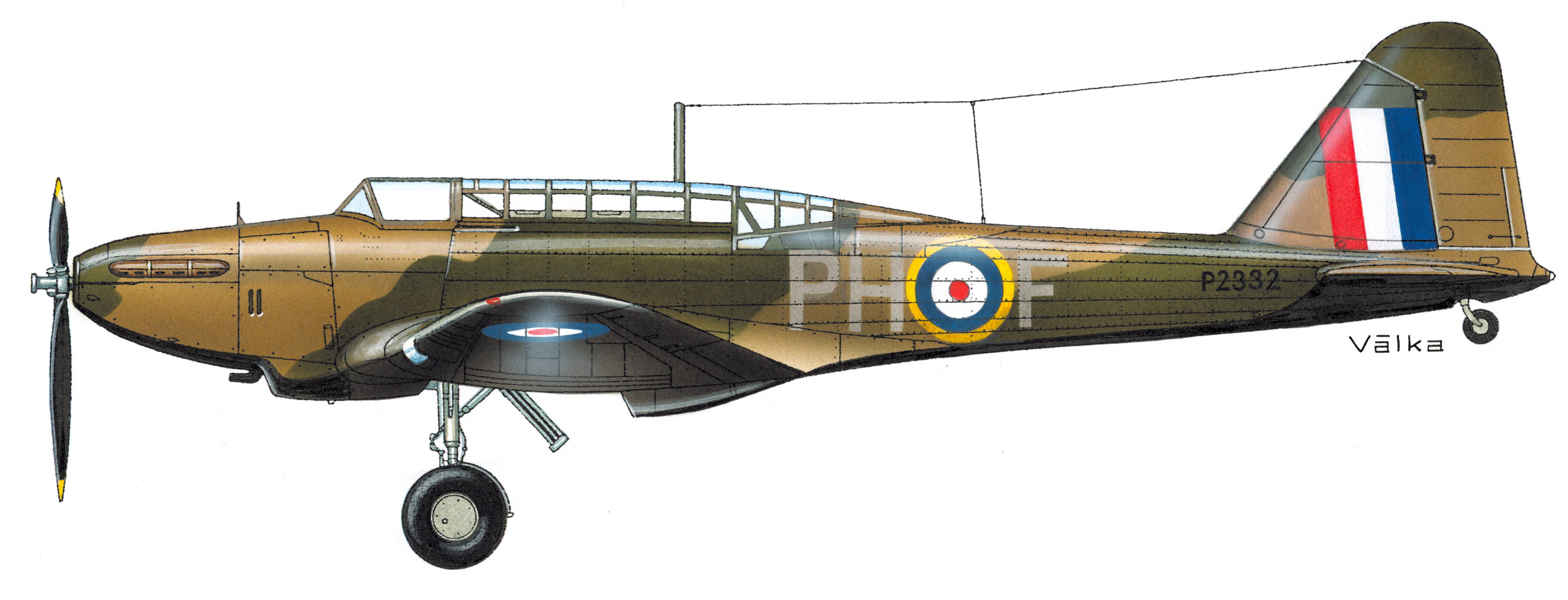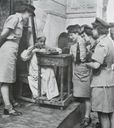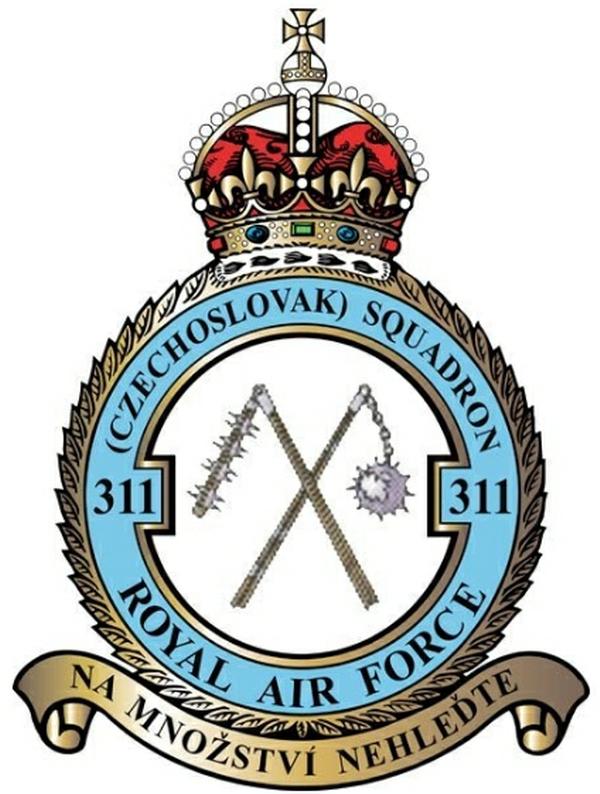
311th (Czechoslovak) Bomber Squadron RAF celebrates its birthday
After the Czechoslovak pilots fled from demoralized and defeated France to England in the early summer of 1940, the Churchill spirit of defiance that prevailed in this country did not allow them to pursue defeatist ideas for a long time. After the 310th Fighter Squadron (established on 10 July 1940), the first Czechoslovak bomber squadron has been assembled, armed with much more complicated aircraft than the Hurricane fighters ...
